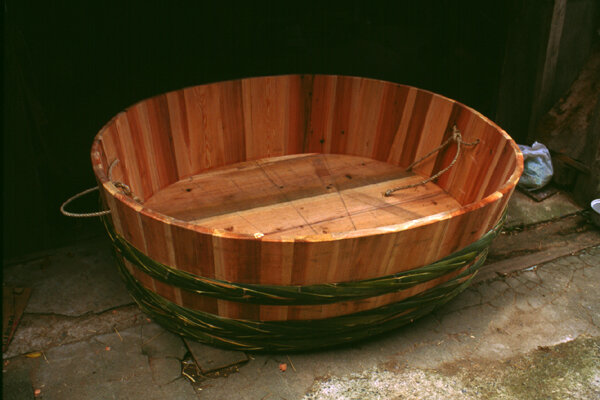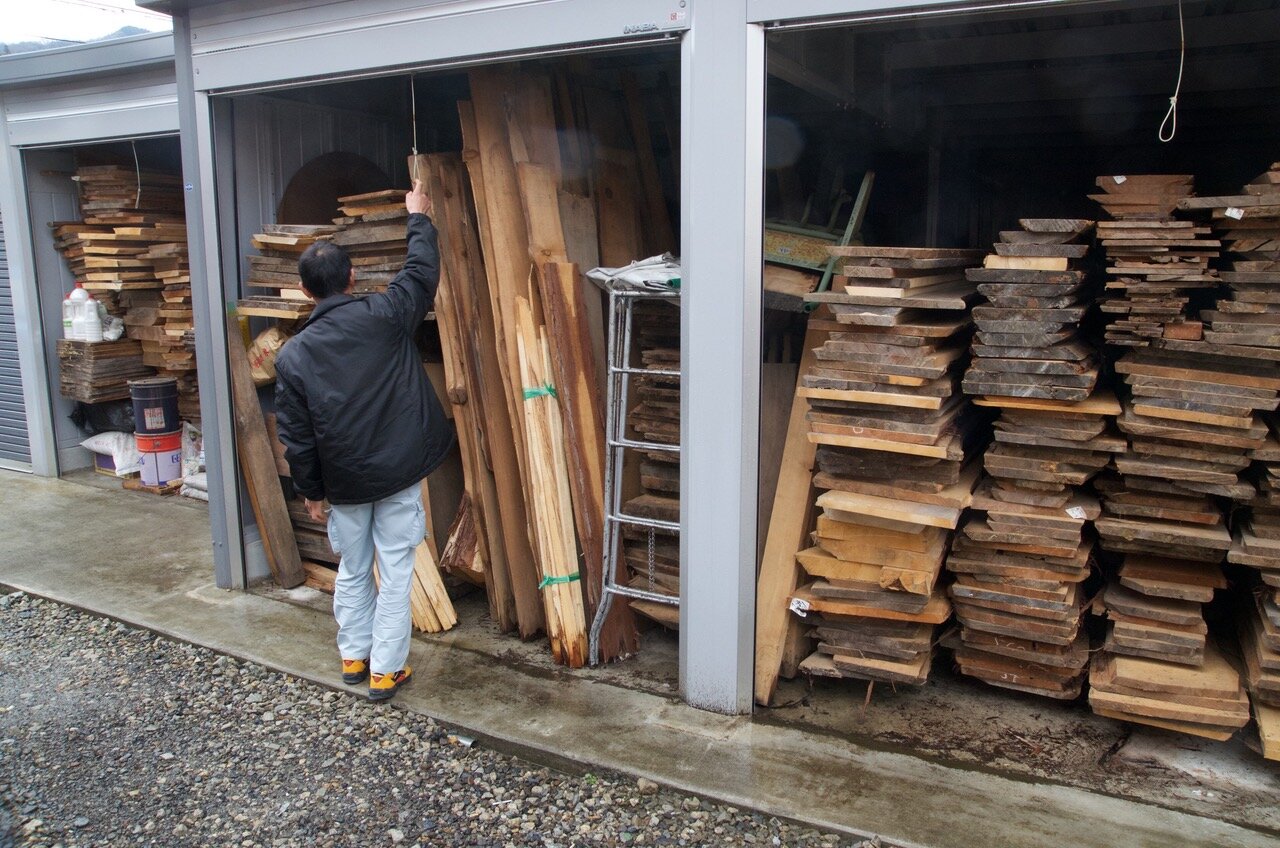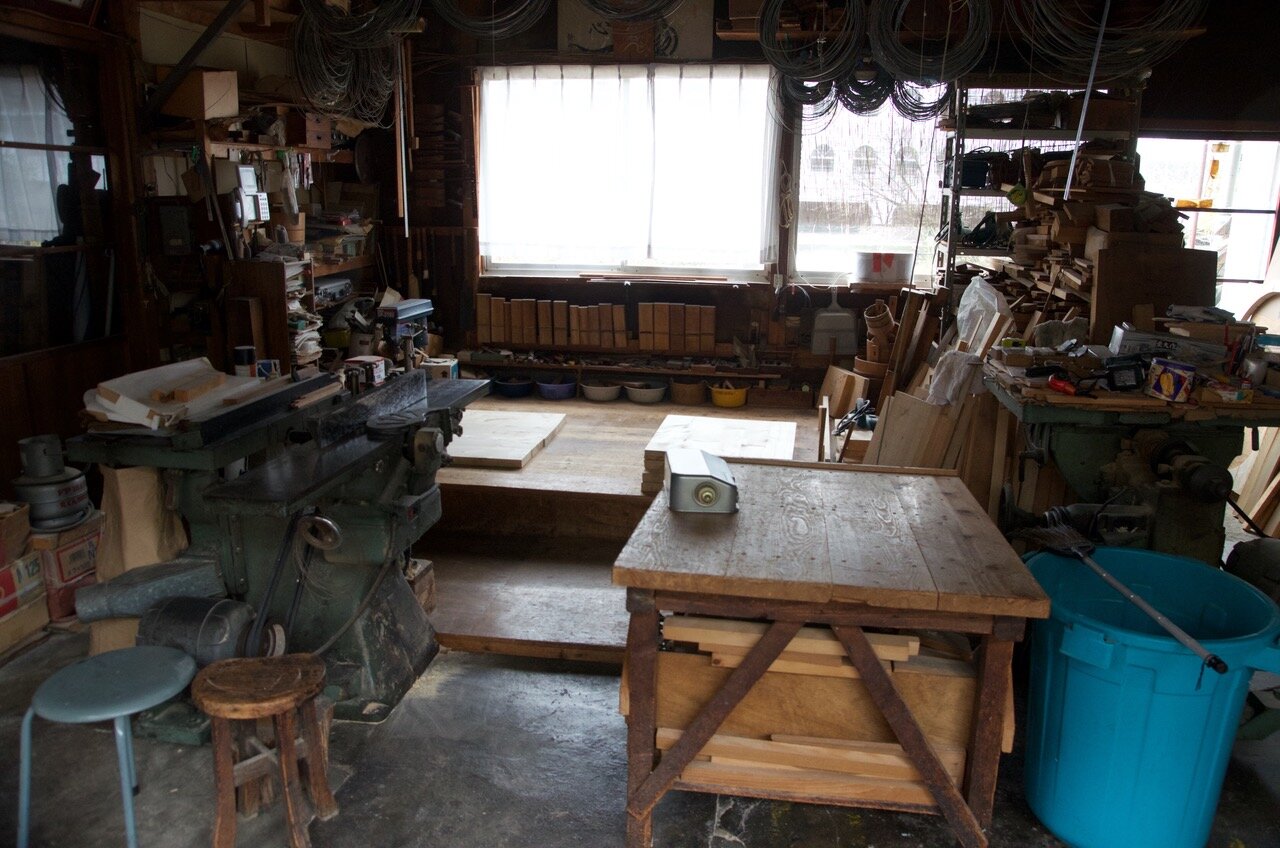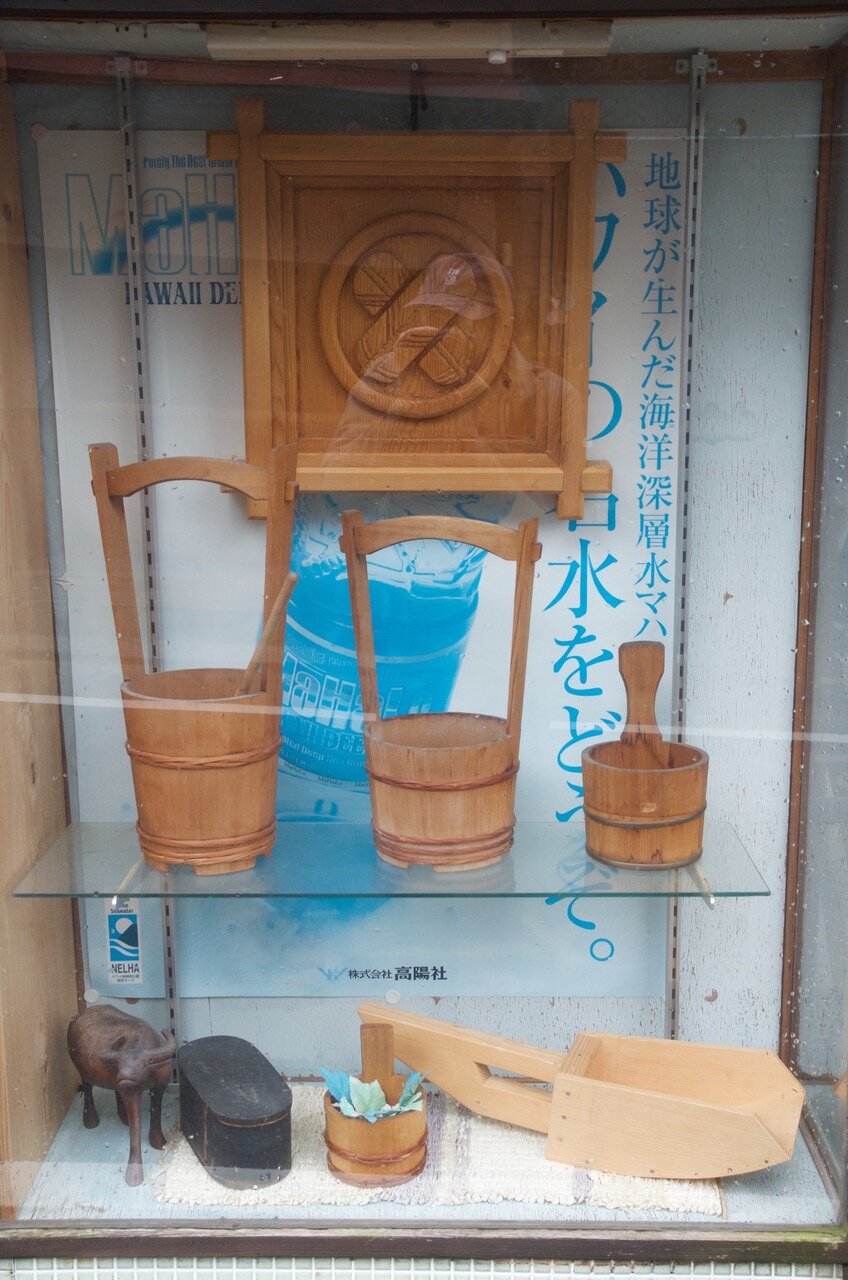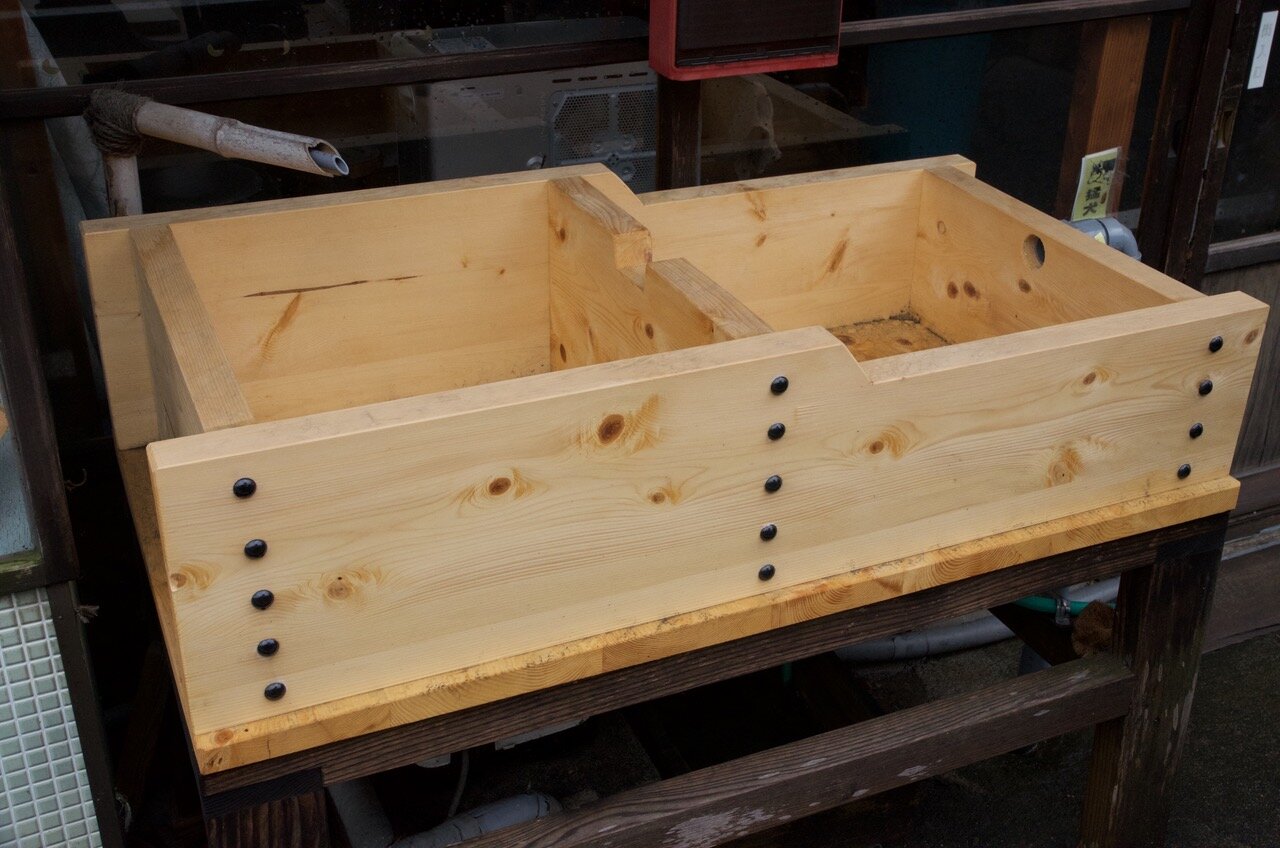Boatbuilders and Wooden Bathtubs
A custom hand crafted wooden bathtub collection created by NK Woodworking & Design. Video from their website.
Recently, our Board Chair, Molly Mulhern, sent me this post about a new line of wooden bathtubs designed and built by NK Woodworking. NK Woodworking was founded by Nathie Katzoff, who entered the world of woodworking through wooden boatbuilding. While he is no longer building boats, NK Woodworking’s sculptural wooden staircases are reminiscent of the same kinds of curved surfaces and complex shapes.
The post reminded me of a different context in which I’ve heard of boatbuilders building bathtubs. During our travels in Japan, Douglas Brooks had mentioned that sometimes, boatbuilders were commissioned to build wooden bathtubs. From Douglas Brooks:
In Japan you rarely see craftspeople crossing over from one craft to another, at least not professionally. If a boatbuilder happens to make furniture they do so for their own personal use. By our standards they would be absolutely qualified, from a skills standpoint, to make furniture but the suggestion of that to them would be met with astonishment. Craftspeople spend many years learning their respective trades and with that comes a deep respect for all craft professionals.
However, in my travels and research in Japan, I have found a bit of such crossover, as I have met several boatbuilders who also made ofuro, or traditional wooden bathtubs. These are usually rectangular in shape and normally made of hinoki, the Japanese cypress. Hinoki is a superb, aromatic wood that is sometimes used in boats for major framing members like stems and beams. The connection is obvious: the craftsperson who can build a watertight boat ought to be able to build a bathtub. My teacher in Iwate built his own tub and I noticed he used boat nails in its construction. Another one of my teachers taught me the particular joint used to join the corners of bathtubs to keep them watertight. Another boatbuilder I interviewed told me, smiling, that he would caulk the joints of his tubs with mochi, a notoriously sticky traditional New Year’s food made of pounded rice.
Three years ago I apprenticed with the last builder of the iconic cormorant fishing boats of Gifu, Japan. He was 85 at the time and I was his second apprentice. Forty years earlier he had taken an apprentice, a teenager from a nearby town. At the time the demand for boats was falling, and the apprentice could not find any work building boats, so he began to make buckets and bathtubs, as well as the specialized tubs used by paper makers (Gifu is famous for traditional paper). Finally after over thirty years of waiting my teacher, his master, went into semi-retirement and he was able to finally build boats.

